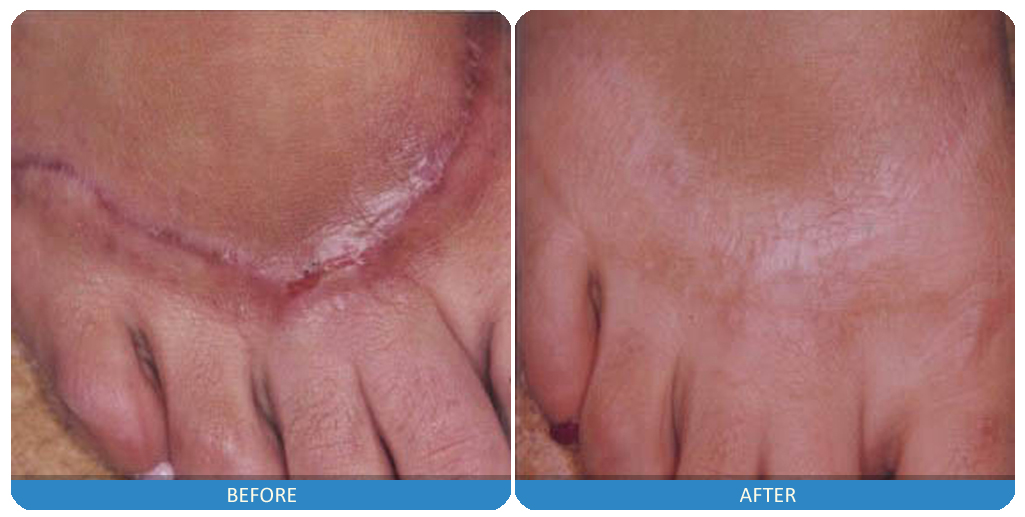What Are Your Options for Effective Scar Treatment?
No one likes to think about the scars they might get from surgery, but it's important to have a plan for treating them. The first step is identifying what type of scar you could be left with, and then deciding on an appropriate scar treatment option. Here are some types of scars:
Types of Scars
Scars can develop anywhere on the body- they're an inevitable part of life. There are several types, including:
Normal fine-line scars
A cut or any other minor wound on the skin will eventually heal, leaving behind a raised line that gradually fades and flattens over time. The process can take up to 2 years but this doesn't mean you'll be left with no scars! You might even have some visible marks which remain after all is said and done.
Keloids
These scars are raised above the skin’s surface and spread beyond the wounded area. The overgrown scar tissue can get so big that it affects movement, but there is a new procedure in which they surgically remove this excess material to make movements easier again.
Most Effective Scar Treatments
Scar removal is a serious process, and it should only be done when the scars are cosmetically unpleasant. Scarring occurs naturally as part of our healing process—so ordinary scar treatment isn't necessary unless they're in an area that will affect how people see them or if you have certain predispositions to form keloids (an overgrowth of skin tissue). These include areas with thin skin like your face and any regions where there's been trauma or surgery.
Laser Scar Removal
Thanks to modern medical technology, most people with acne scars can now take advantage of laser treatments and light therapies that have been shown to reduce the appearance of these dreaded blemishes.
Dermabrasion
By taking the top layer of skin off, dermabrasion can smooth and soften up your skin. This procedure is most commonly used to treat acne scars in order to improve their appearance on your face.
Injectables
A doctor usually injects a corticosteroid medication into keloids to reduce their size. The injection can flatten out any raised scars that form, making them less noticeable for all those who come in contact with you!
Surgical Procedure
Some scars can be removed with surgery, while others are improved or replaced. The procedures range from skin grafts to make a scar more bearable than it currently is to surgeries that remove the entire scar and replace it with fresh new tissue.
Chemical peels
Chemical peels can dramatically improve the look of your skin. You might not have to wear heavy foundation anymore, or feel self-conscious about your complexion in public! Deeper chemical peel procedures offer more dramatic results but also take longer to recover from.
A deep chemical peel is often necessary for people who are looking at a complete transformation and want something that lasts long term. The recovery time after a deeper procedure isn’t much different than going on vacation; it requires downtime during which you should avoid sun exposure and make sure any strenuous exercise is avoided so as not to aggravate the post-treatment healing process.

